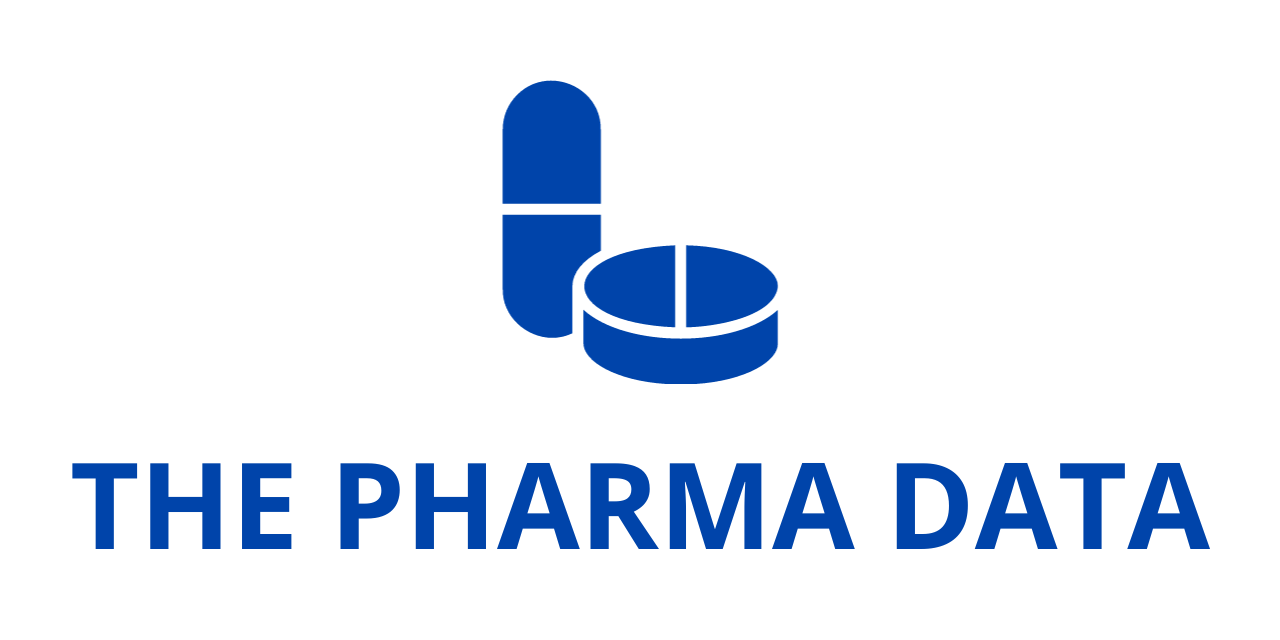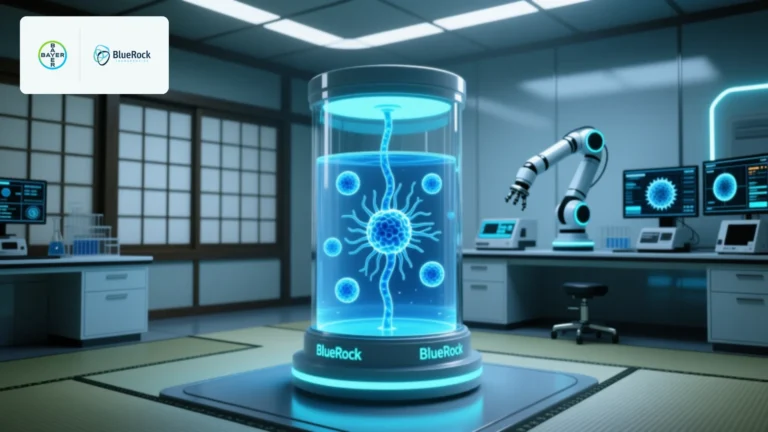
BeOne Medicines Showcases Bold Vision and Expansive Oncology Pipeline at 2025 R&D Day
BeOne Medicines Ltd., a global oncology-focused biopharmaceutical company, delivered a comprehensive update to investors today during its highly anticipated Research and Development (R&D) Day. The event spotlighted significant advances in the company’s oncology portfolio, underscoring its growing stature as a transformative player in the global fight against cancer. With more than 40 clinical and commercial-stage assets in active development, BeOne Medicines is demonstrating a scale of ambition matched by few in the field.
Held at a pivotal juncture for the company, the R&D Day offered an opportunity for BeOne’s executive and scientific leaders to present new clinical data, pipeline milestones, and strategic insights that reaffirm its mission: to build the world’s first next-generation oncology company.
A Vision Rooted in Innovation and Urgency
“At BeOne, our mission is simple yet bold: to create the world’s first next-generation oncology company,” said John V. Oyler, Co-Founder, Chairman, and Chief Executive Officer, during his opening remarks. “What we are unveiling today represents not only significant progress in that direction but also a preview of the impact we aim to have on patients’ lives globally. From our innovative discovery engine to one of the most comprehensive pipelines in the oncology space, we are uniquely positioned to deliver transformative therapies with speed, precision, and purpose.”
BeOne Medicines’ rise has been fueled by a strategic commitment to innovation at every level of the drug development continuum. Its end-to-end R&D model integrates in-house discovery, development, and manufacturing capabilities—enabling rapid iteration, lower development costs, and sustained pipeline productivity. The company’s global infrastructure, including its state-of-the-art manufacturing site in Hopewell, New Jersey, serves as a cornerstone of this efficiency-driven model.
This integrated strategy allows BeOne to move seamlessly from early discovery through proof-of-concept to pivotal clinical trials, reducing development timelines and enhancing scalability. According to company executives, this model is not just aspirational—it is operational, with real-world outputs that rival those of far larger legacy companies.
A Global R&D Footprint Backed by Clinical Execution
BeOne’s engine of innovation is supported by a vast and diversified global clinical development network. To date, the company has conducted more than 170 clinical trials across 40 countries, enrolling over 25,000 patients. This global reach ensures rapid enrollment and broad applicability of its therapeutic candidates across diverse patient populations.
“Our R&D model is designed for scale and speed, but never at the expense of quality,” explained Lai Wang, Ph.D., Global Head of R&D. “We now have more than 1,200 scientists working across discovery and translational research, and over 3,700 professionals in clinical development and medical affairs. This structure gives us both the technical expertise and the operational capacity to move quickly from concept to clinic and ultimately to patients.”
Dr. Wang emphasized that the company anticipates a wave of clinical milestones over the coming years, reflecting both the depth of the pipeline and the company’s agility in executing complex clinical strategies.
Breakthroughs in Hematologic Oncology
BeOne’s most mature therapeutic assets are in hematologic malignancies, an area in which the company is making substantial strides. Central to its hematology franchise is BRUKINSA® (zanubrutinib), a second-generation covalent Bruton’s tyrosine kinase (BTK) inhibitor that has emerged as a cornerstone therapy in B-cell malignancies.
In addition to BRUKINSA, the company is advancing sonrotoclax, a next-generation BCL2 inhibitor with best-in-class potential, and BGB-16673, a novel BTK covalent degrader (CDAC). New data from the CaDAnCe-101 trial underscore the promise of BGB-16673, which could emerge as a first-in-class treatment option for patients with relapsed or refractory B-cell cancers, including chronic lymphocytic leukemia (CLL).
Importantly, early combination data for BRUKINSA and sonrotoclax have also shown strong synergistic efficacy. The fixed-duration treatment approach being explored may offer a new standard of care for CLL patients—one that delivers deep and durable responses while minimizing treatment burden.
“These data provide a compelling case for our hematologic oncology franchise,” said Dr. Wang. “They reflect not only the scientific excellence of our molecule design but also our ability to bring together assets in rational combinations that deliver superior clinical outcomes.”
Expanding Impact in Solid Tumors
Beyond hematologic cancers, BeOne is rapidly building a next-generation portfolio targeting solid tumors, with several candidates progressing through mid- and late-stage development. While its foundational immunotherapy asset remains TEVIMBRA® (tislelizumab-jsgr), a PD-1 inhibitor approved in multiple geographies, the company is aggressively expanding into novel modalities.
One such asset is BGB-43395, a CDK4 inhibitor that has demonstrated clear pharmacodynamic activity in early trials. The compound is now being positioned for potential registration-enabling studies in breast cancer within the next six to twelve months.
Also generating excitement is BG-C9074, a B7-H4-directed antibody-drug conjugate (ADC) that could represent a first-in-class option for patients with B7-H4-expressing tumors. Initial clinical data suggest strong activity even in unselected patient populations, potentially broadening the therapeutic reach of this novel agent.
In the field of epigenetics, the company is advancing a PRMT5 inhibitor that has shown a favorable safety profile and early signs of efficacy in lung cancer—an area of high unmet need with significant commercial opportunity. These data suggest that BeOne’s PRMT5 program could carve out a differentiated position in a highly competitive therapeutic space.
A Platform for Sustainable Innovation
What distinguishes BeOne from many of its peers is not only the breadth of its pipeline but also the infrastructure that supports it. The company’s integrated R&D and manufacturing platform, built from the ground up, has been optimized for long-term sustainability and global scalability.
“Our manufacturing capabilities are not an afterthought—they are a core pillar of our strategy,” said Oyler. “With in-house production spanning North America, Europe, and Asia, we are not only reducing dependency on third-party suppliers but also maintaining full control over quality, cost, and speed.”
Engaging the Scientific Community and Investors
Today’s R&D Day was structured to provide a multi-dimensional perspective on BeOne’s scientific priorities and operational excellence. Presentations were delivered by members of the executive leadership team, senior scientific and clinical development leaders, and prominent external key opinion leaders in oncology.
The event included detailed pipeline reviews, new data presentations, and forward-looking commentary on upcoming clinical readouts. A live webcast of the event began at 8:30 a.m. U.S. Eastern Time, with a replay available on the Investor Relations section of the company’s website.
As BeOne Medicines continues to execute on its bold vision, the company’s momentum appears to be accelerating. With a diversified pipeline, a global R&D network, and in-house manufacturing capabilities, the company is uniquely positioned to become a next-generation leader in oncology innovation.
“We’re not just building a pipeline—we’re building a platform for continuous innovation,” concluded Oyler. “And we’re doing it with one goal in mind: to improve the lives of people living with cancer, everywhere.”
As investors and the broader scientific community digest the wealth of information presented at today’s event, one thing is clear: BeOne Medicines is not only keeping pace with the industry’s top players—it is striving to redefine what’s possible in oncology R&D.




